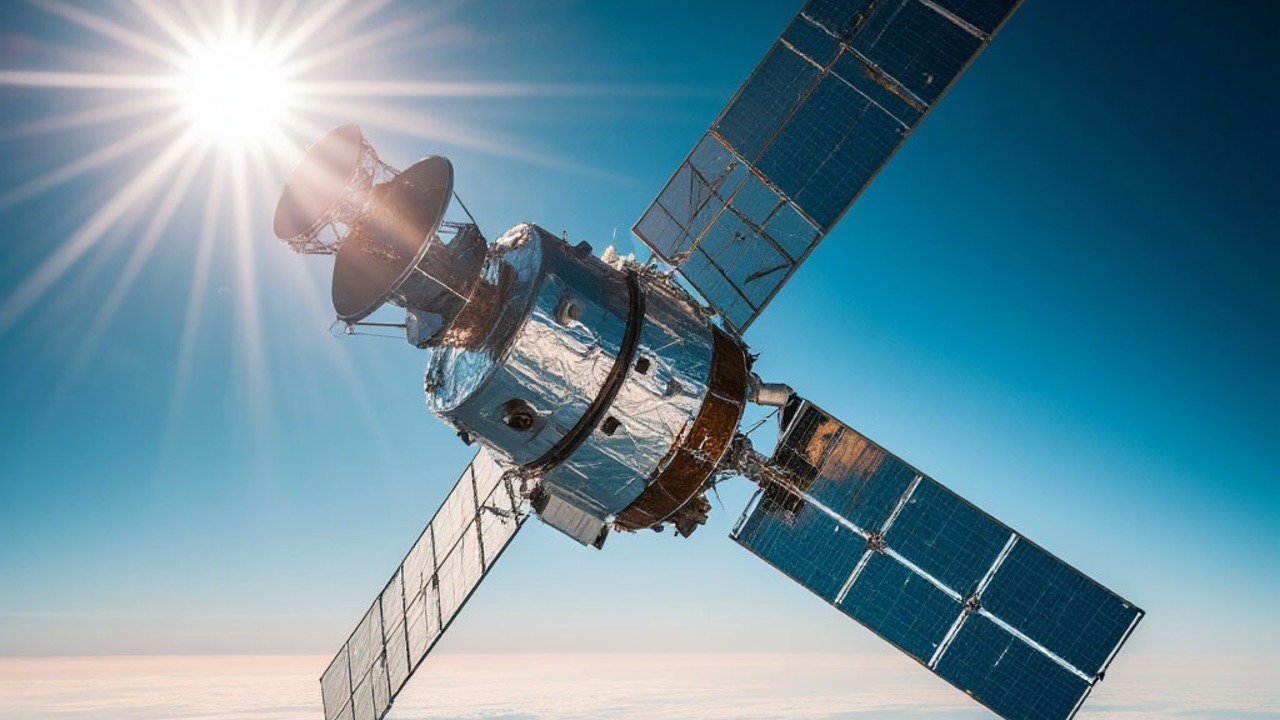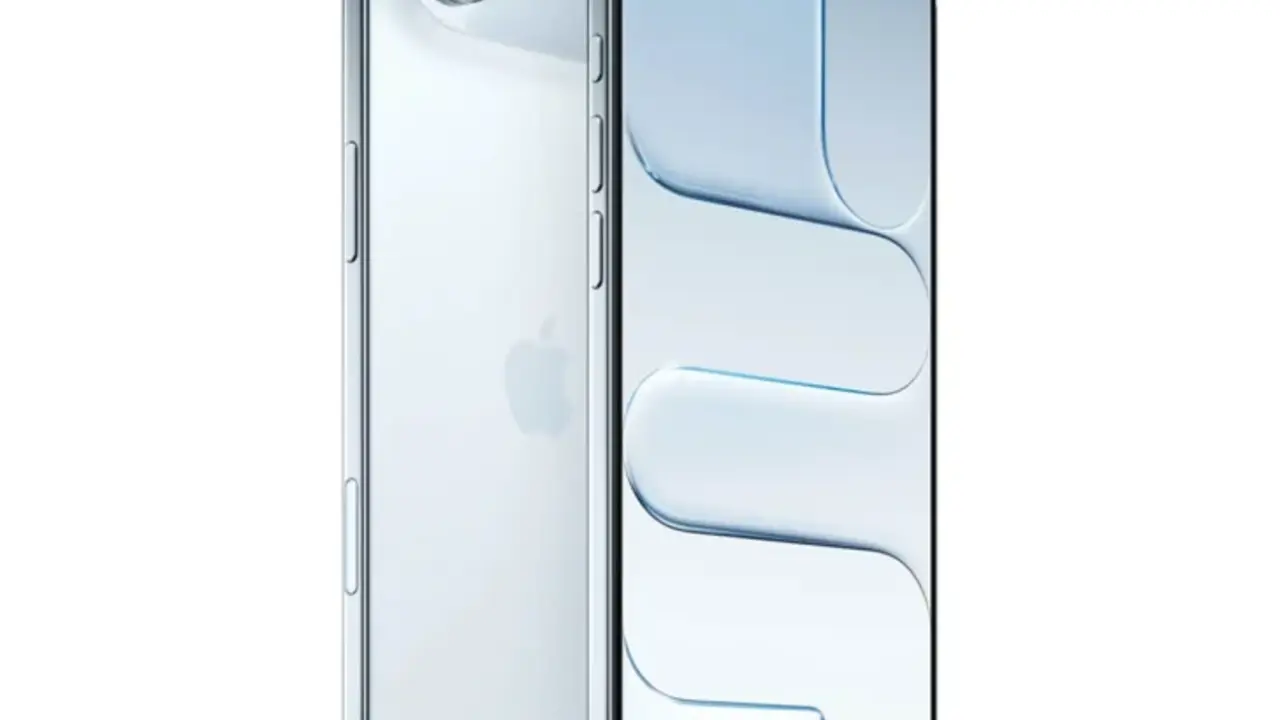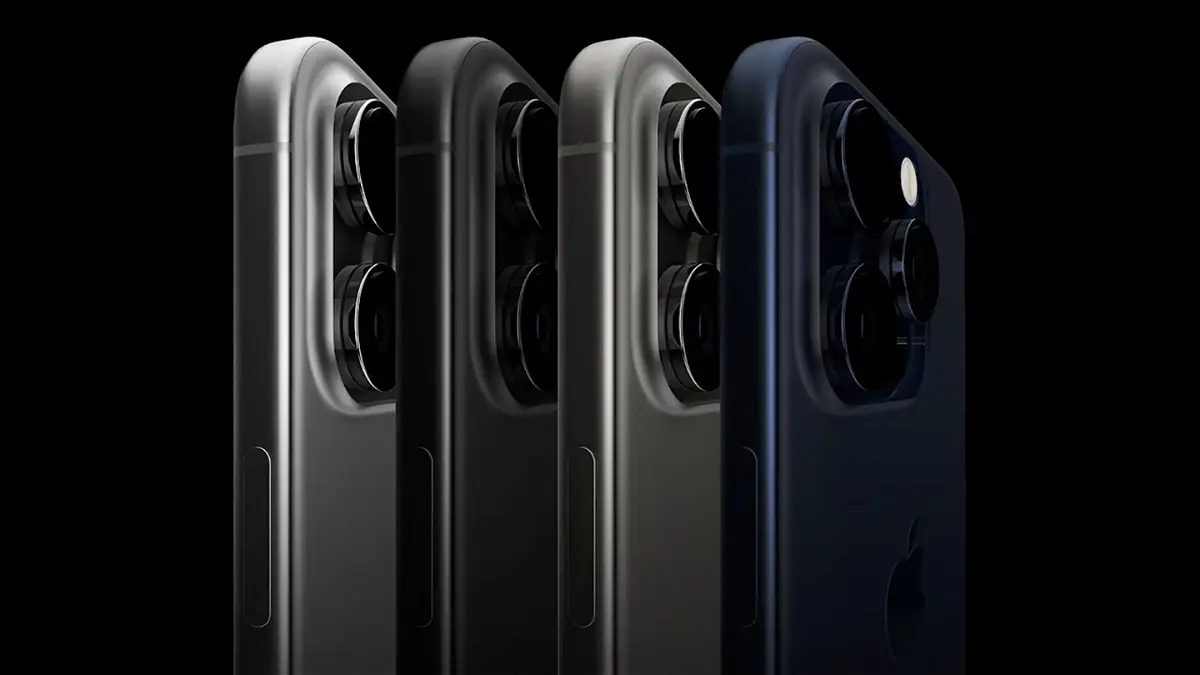The main goal of the development is to reduce overheating and increase the service life of satellites. The coating is highly reflective and effectively radiates heat in the infrared range. Studies have shown that the use of silicon dioxide nanoparticles increases the resistance of optical properties to cosmic radiation by 2 times. Tests are being conducted on the Spectrum installation, which simulates conditions in space.
In parallel, studies on yttrium oxide-based ceramic coating continue. This material absorbs 2-4 times less solar radiation than traditional coatings such as titanium dioxide and zinc oxide. The use of a new coating could significantly increase the energy efficiency of space flights.
“Using the physical properties of materials, we create conventional and new thermostatic coatings that maintain the operating temperature of the spacecraft without wasting energy. At this stage, we have managed to almost double the resistance of the optical properties of polymer binders to the influence of accelerated electrons and quanta of the solar spectrum,” said Vladimir Goronchko, researcher from the TUSUR Laboratory for Radiation and Space Materials Science.
Source: Ferra
I am a professional journalist and content creator with extensive experience writing for news websites. I currently work as an author at Gadget Onus, where I specialize in covering hot news topics. My written pieces have been published on some of the biggest media outlets around the world, including The Guardian and BBC News.










